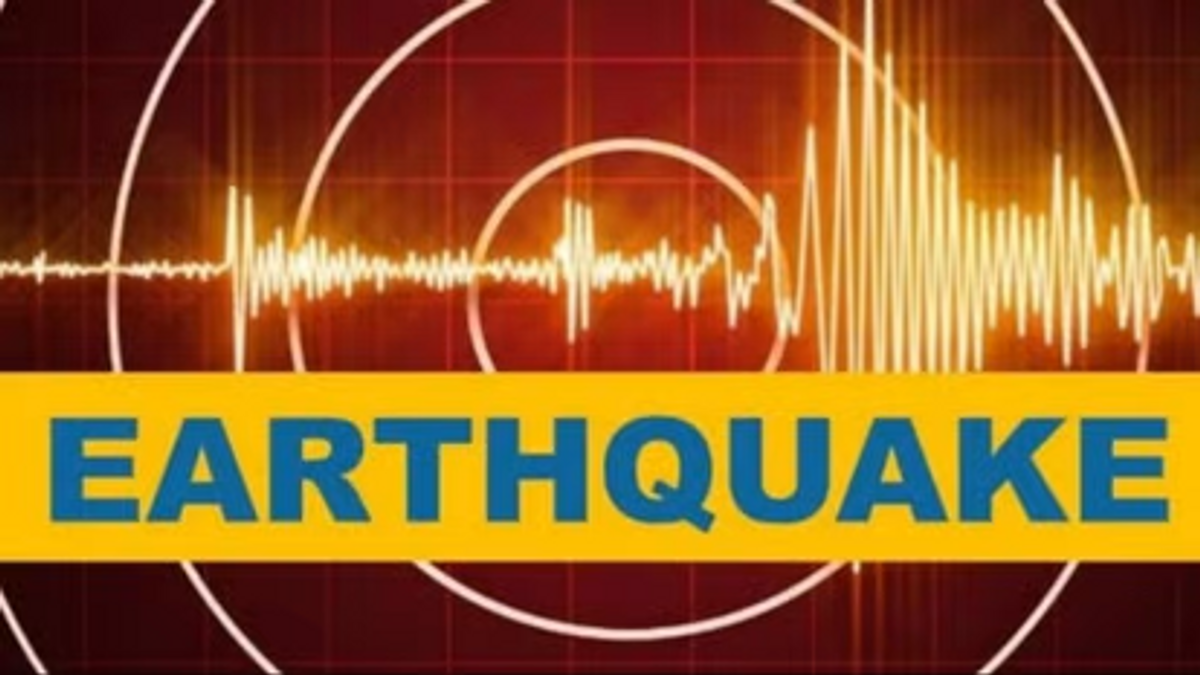
Moderate Earthquake: Is Delhi Prepared?
Today, an article in the Hindi newspaper, Amar-Ujala, caught the attention of a possible earthquake in the Delhi region and the consequences thereof. This article comes in the aftermath of Nepal earthquake of moderate intensity measuring 5.7 on the Richter scale.
Delhi comes under Seismic Zone-4 with reasonably high possibilities of earthquakes. In 2019-20 there were reports of possibility of a major tremor. The Indian Meteorological Department along with the National Centre for Seismology having the expertise and mandate for the monitoring of seismic activities in India. Although there have seldom been credible forecast/warnings of an impending earthquake the world over, such institutions involved with seismic monitoring including the above Indian Instt, do issue warnings from time to time when deemed appropriate. In addition, the Survey of India Dehradun monitors the tectonic movements and shifts with the National institutes of Geophysics and Geology.
In the years 2019 and thereafter, a series of low-intensity tremors have been felt in Delhi region ranging up to 4+ on the Richter Scale. Scientists at Wadia Institute of Himalayan Geology, Dehradun had been closely monitoring the tremors in the NCR, numbering nearly 15 by mid-2020, felt that a major quake might be in making in the coming days or months. Frequent tremors have preceded for months in some other regions of the world before a major quake. However, the Almighty has been merciful and no such disaster came.
In the Delhi-NCR where the high-rise buildings are in plenty, seldom adhering to the norms of seismic zone-4 standards & specifications, problems are acute. Many of these buildings are the govt & non-govt offices occupied only during the working hours. But who can predict that a major quake as predicted by some, will not hit in the day-time of working hours? It can bring havoc. The ministry of S&T of the govt, on the pretext of not causing panic, seems to be dragging its feet for cautioning the citizen. But this is not the answer to the problem.
Prediction of an impending or imminent quake is extremely difficult, often impossible. Yet, there are instances the world over when some major quakes were predicted hours, days, weeks or months before. There are some scientific-based parameters not fool-proof though, which are considered reasonable indicators.These include the followings:-
- Strain in the rocks in the ‘quake-fault’ regions.
- Large scale deformation in the ground
- Unexplained Land lifts or cavities
- Land surface tilts
- Sudden rise or fall in the water levels in wells.
- Unusual changes in the wave velocity of crustal rocks
- Unexplained local changes in the magnetic fields
- Unexplained changed in the electrical resistance near the tectonic faults
- Changes in radon content in groundwater
- Sudden swarms of minor tremors prior to major quake
A quake of as less as 6.5 (on Richter Scale) is considered a moderate quake that can cause significant damage esp in densely congested localities and high-rise buildings. It is the time to be prepared now rather being sorry at later stage. The entire population must be taken into confidence and both preventive and protective measures be put in place sooner than later.
While mild tremors are routinely felt almost every year in mostly northern half of India, moderate to intense earthquakes causing substantial damages have luckily been fewer. It is also intriguing that relatively milder quakes of intensities 6.5 have caused massive damages. The most intense quakes in the world have taken place mostly in Chile, Alaska, Japan and Sumatra. As a result, those areas have quake-compliant structures. It is unfortunate however, that in Asia and some other nations, there have been massive losses of lives and properties because of the lack of awareness among the inhabitant. Iran, India, China and Indonesia especially come under this category. Recently, there were significant loss of lives in Afghanistan quake. Earthquake vulnerability mapping of the world is shown below:-
It goes without saying that majority of the quake-prone zones and regions have adapted themselves well with safety features incorporated in their civic bodies and the SOPs. What about Delhi or a fast growing India? Are we prepared for any moderate or severe quake striking our cities? Surely not. The Amar-Ujala article mentioned in the beginning brings out the numerous deficiencies in our buildings, infrastructures and SOPs. If any of the cities are struck unfortunately, the losses are going to be enormous largely depending upon the population density, access and availability of the rescue measures. There is an acute deficiency of heavy earth equipment as well as trained rescue teams.
There is a saying ‘it is never too late to start something good’. Taking this statement in the context of any future earthquake in the Delhi NCR (or India), it may the high time to educate the residents and inhabitants adequately. A multi-pronged SOP must be made, practised on the ground, reformed and put in place. Adequate multi-purpose Search & Rescue team must be put in place which can also be useful in other disasters. Although the NDRF & SDRF are in place, dealing with a major earthquake in a city like Delhi may be just beyond their means. The problems of natural disasters like earthquake are many folds. The figures of casualties may be inordinately high. Some are injured by the falling structures while lot many are buried under the debris. Time is extremely crucial to save lives. Although it is beyond the context of this article to enumerate all process & actions to be taken, a brief objective of the rescue teams is as below:-
- Set-up different groups of individuals for search & rescue, setting-up of temporary camps, requisitioning of health workers & hospital services, requisitioning of heavy Earthmoving equipment, relief distribution, camp administration & safety and so on.
- These teams of people must be assigned to the affected wards judiciously. Manpower must be drawn from the areas of least damage.
- Electrical poles & wires must be secured and the roads be cleared first for the ambulance and other equipment to move to the affected areas.
- Set-up relief camps in an open field and avoid permanent buildings prone to after-shocks.
- Quickly assign the casualties to the relief camps and evacuate to the nearest hospitals.
- Find out and trace the casualties trapped under the debris & rubbles. Acoustic equipment, Ultrasound locator, Microwave finder (like FINDER developed by NASA), sniffer dogs, whistles, torches, ropes, staircases and so on. Since the electricity and the mobile towers may have been disrupted, standby power supply and radio-equipment become essential for coordination.
- Depending on the extent of the disaster, the govt may have to take a call on requisitioning the “International Search and Rescue Advisory Group (INSARAG)” - a global network of more than 80 countries and disaster response organizations under the UN umbrella.
It is not the objective of this article to incite panic in any way whatsoever. India has been vulnerable to moderate to severe earthquakes in past and there are predictions of one striking us in future too. Preparedness before a natural calamity like a major earthquake is of paramount value. All resources must be tapped for which a well-prepared disaster plan is mandatory. We don’t know if the threat is real. We also don’t know how much time we have to prepare. It is for sure that the SDRF/NDRF team must be in place. There is an urgent need to carry out mock exercises in the various localities of Delhi-NCR or the quake-prone regions. It will surely give us some indication of inadequacy in our plan of action that can be rectified well in time.



